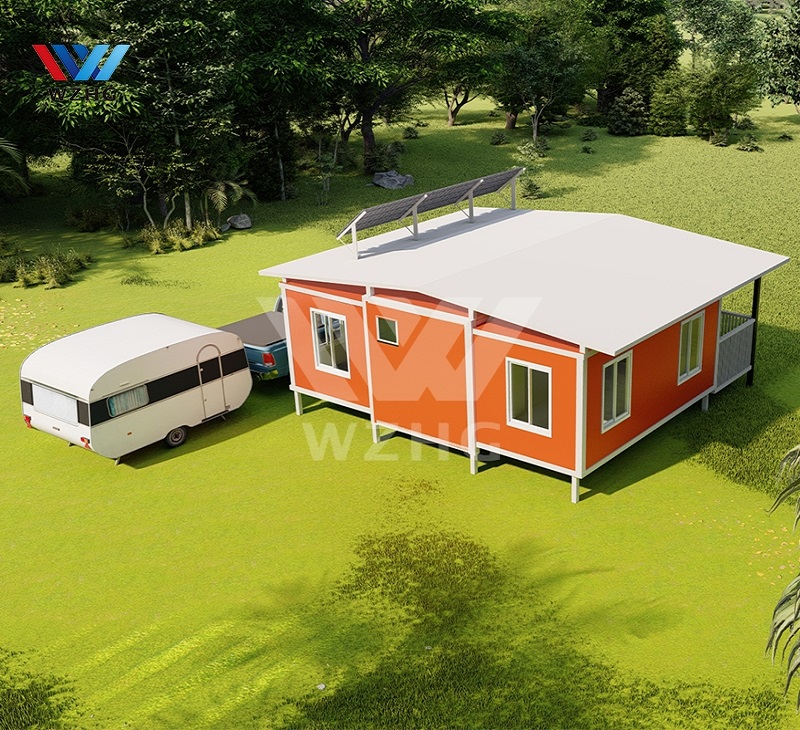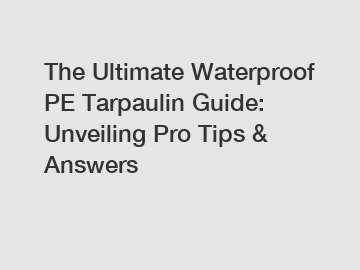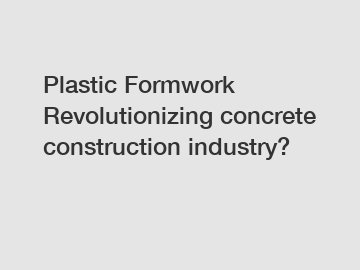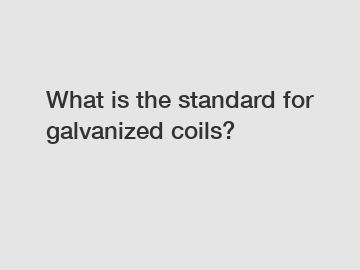How to build a container house?
Container houses, also known as shipping container homes, are becoming increasingly popular due to their affordability, sustainability, and flexibility. Building a container house is a relatively straightforward process, and with the right planning, you can have your dream home up and running in no time. In this article, we'll guide you through the steps to how to build a container house.
Step 1: Choose the Right Containers
The first step to building a container house is selecting the right shipping containers. The most common container sizes used for building homes are 20 feet and 40 feet. The height of a standard container is 8.5 feet, and the width is 8 feet. You should choose containers that are in good condition and have no structural damage. Additionally, ensure that the containers have been cleaned and have no traces of hazardous materials.
Step 2: Design Your Container House
Once you have your shipping containers, it's time to design your container house. You can either hire an architect or use online resources to design your container home. Some popular designs include single container homes, multiple container homes, and even multi-story container homes. Be sure to consider your budget, size requirements, and the overall look and feel you want to achieve.
Step 3: Obtain Permits
Before you begin construction, you must obtain the necessary permits from your local government. The permits required will vary depending on your location, but they may include building permits, zoning permits, and electrical permits.
Step 4: Prepare the Site
Preparing the site involves clearing the land and ensuring that it's level. You may also need to lay a foundation for the containers to sit on. Some common foundation options include a concrete slab or a series of concrete footings.
Recommended article:Exploring Types of Guardrail Posts
What is the use of PP fiber in concrete?
How Fog Fountains Work
The Key Role of HPMC in Tile Adhesives
Can CDX plywood be used for roofing?
What grade steel is drill pipe made of?
Understand The Different Types of Plywood for Your Furniture
Step 5: Cut Openings and Join Containers
To create your desired layout, you'll need to cut openings in the containers and join them together. You can do this using welding, bolting, or other methods. Be sure to hire a professional to handle this step as it requires specialized skills.
Step 6: Install Windows, Doors, and Insulation
Once the containers are joined, it's time to install windows and doors. You can use standard sizes or custom-fit them to your design. Additionally, you'll need to insulate the containers to keep them comfortable and energy-efficient.
Step 7: Install Plumbing and Electrical Systems
Next, you'll need to install the plumbing and electrical systems. This step requires the expertise of licensed professionals to ensure that the systems are installed safely and up to code.
Step 8: Finish the Interior
Finally, it's time to finish the interior of your container house. You can use any materials you like, including drywall, wood paneling, or even corrugated metal. Be sure to plan for storage, lighting, and any other amenities you need.
In conclusion, building a container house is an excellent way to create an affordable, sustainable, and unique home. With careful planning, the right containers, and the right professionals, you can have your dream container house up and running in no time.
Container Homes Unveiled: 15 Must-Know Secrets for a Stylish, Sustainable Future!
Can Nutritional Soil Revolutionize Construction in 2023?
Are Expandable Container Houses Eco-Friendly and Sustainable?
What Are the Parts of a Bulldozer?
How to Maintain and Extend the Lifespan of Your FRP Tank
How to Install Alkali-Resistant Fiberglass Mesh for Tile Backsplash?
The Difference Between Corrugated Metal Culvert and Plastic Corrugated Pipe










Comments
0